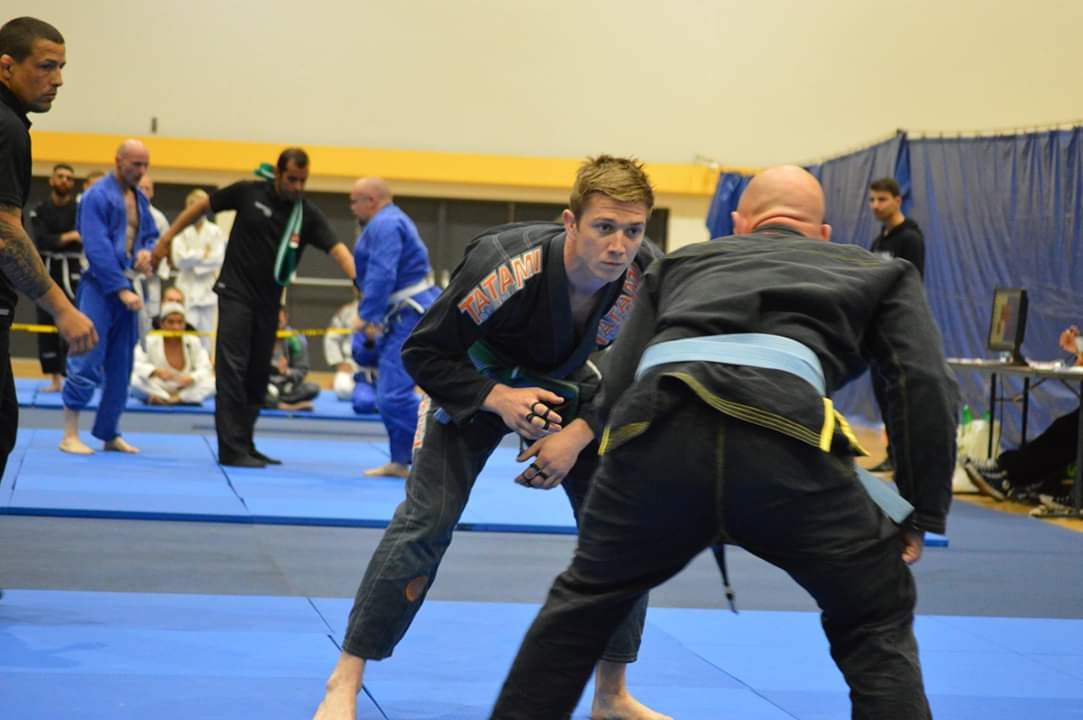A Beginner’s Guide to Brazilian Jiu-Jitsu
Welcome to Axis and Your First Brazilian Jiu-Jitsu Session!
We are thrilled that you’ve decided to embark on this journey into Brazilian Jiu-Jitsu. To ease any concerns you may have before your first session, we’ve prepared a guide to address some frequently asked questions.
What is Brazilian Jiu-Jitsu?
It’s a ground-based grappling sport that emphasizes on joint locks and chokehold submissions. It’s not only highly effective for self-defense, but our Bully Safe classes are also ideal for children as it teaches our Tamariki how to subdue an opponent without causing harm and builds self-confidence.
What to Bring to Your First Class?
- Wear slip-on shoes
- Bring a water bottle
- Come with an open mind and be ready to have fun!
What to Wear?
During your first week, while you’re checking out the gym and settling in, we suggest wearing shorts, a t-shirt, rashguard, or leggings. Avoid loose fabric, clothing with zippers, pockets, or belt loops as these can be hazardous for toes and fingers. Once you’ve settled in, you can purchase a gi, rashguard, and leggings from the reception desk, along with your white belt. If you’re exclusively training no-gi, activewear of your choice will suffice. While it’s not mandatory to wear Axis apparel, we do offer a range of gear that you’re welcome to purchase – ask us about this at Reception.
Practicing Martial Arts with Respect
One way to show respect in martial arts is by maintaining good hygiene. Before stepping onto the mats, make sure to shower, trim your fingers and toenails, remove all jewelry, tie up long hair. and cover all cuts. If you’re feeling unwell or have injuries, it’s best to rest and come back when you’re feeling better.
Please try to arrive at least 15 minutes prior to the class beginning to allow yourself time to change and shower. (We understand that commitments and or traffic can make it difficult sometimes, but we’d rather you show up late than not at all.) Greet your instructors and training partners when you get on the mats with either a handshake or a fist bump.
Class Structure
Warm-up: The warm-ups include a sequence of movements that allow your body to become familiar with Jiu-Jitsu. Don’t skip the warm-up, show up on time when possible, and enjoy this aspect of learning. Come in with an open mind and be ready to learn; don’t worry if you don’t know the moves, over time your muscles will become familiar with the positions and you’ll be hipping out across the mats in no time!
Technique: Your instructors will demonstrate techniques, which you will then drill with a partner or two of your choice. Watch the instructors carefully while they’re showing the technique, and try to replicate the movement as much as possible. As this is a drilling session, the intensity should be 30-40% to allow your partner to work through the technique. Using some resistance is helpful, but be mindful to let your partner work and practice. Drilling will last approximately 30 minutes to 1 hour, depending on which class you’re participating in.
Other Options in Classes:
Flow Roll: During some classes instead of a warm-up there will be a 10 minute flow roll session. Flow rolls are similar to standard sparring sessions, but at low-intensity levels of 10-40% with no submissions. You and your training partner will allow each other to roll like a normal sparring session but flow through the submissions and positions. Flowing from one position to another can take time to learn, so be kind to yourself and go with the flow!
Positional Sparring: Positional sparring starts in Jiu-Jitsu-specific positions, such as the mount or closed guard. You or your training partner will try to escape while being held in the specific position. If you escape, the position is reset and starts again. The intensity levels are normally 40-80%, but you should communicate with your partner about what you feel comfortable with and work from there.
Rolling/Sparring: Sparring begins after the technique during a class and is for the full session of open mats. Sparring goes for an average of 5 minutes per roll and 10 minutes during open mats. Sparring is a chance for you to roll with partners of your choice while practicing what you learned during the class. If this is your first sparring session, be cautious, respect your training partner, and yourself with your movements. The goal is to train for years to come and not cause unnecessary injury. Don’t forget to tap! It’s a lot easier to tap than sit out for six months with a torn ligament. Tapping is part of learning, so don’t let your ego get in the way of your growth and learning.
Tapping: A Guide
Tapping is a crucial part of training in combat sports. Here are some tips to ensure you’re tapping correctly:
- Using your hand, tap your training partner’s body TWICE using some force.
- If you’re unable to use your limbs, use a verbal tap by loudly exclaiming “TAP TAP”
- You may also use a combination of a hand and verbal tap.
- Once you feel or hear your training partner tap, let go as quickly and safely as possible.
After Class
We have several showers in our building, and we invite you to use them! Cleanliness is important. Invest in antibacterial soap and get into a good hygiene routine by washing your training gear as soon as you get home every day.
If you have any questions at any point, please don’t hesitate to ask. Jiu-Jitsu can be a challenging sport, and we’re here to support you every step of the way!


